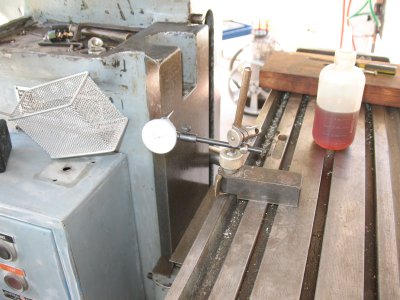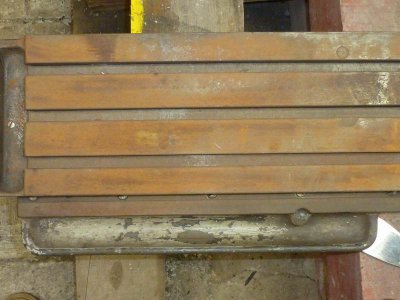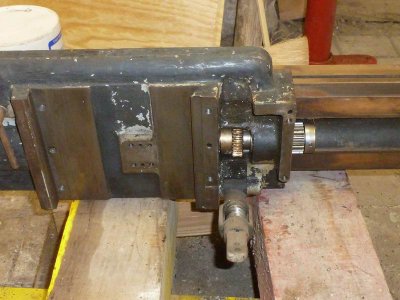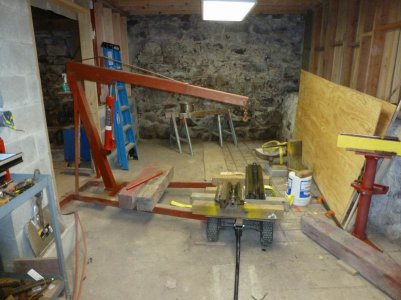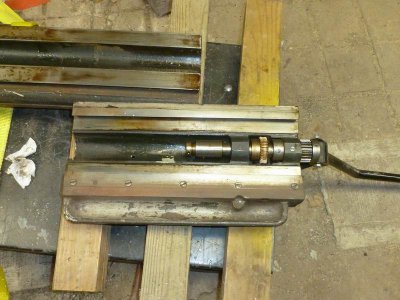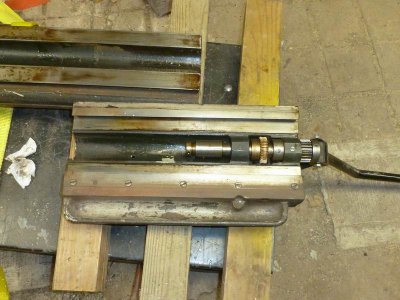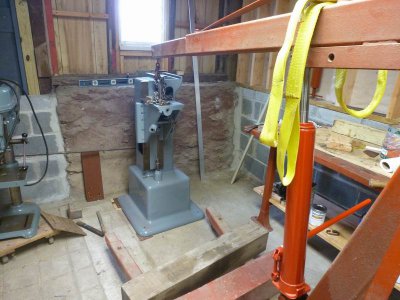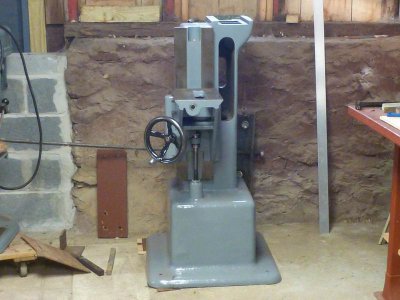Well, here are a few photos to prove I am doing something. The base is painted, now working on the knee. Wish I had a sandblaster for getting into the crevices . . .
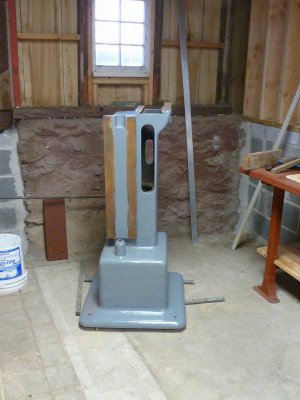
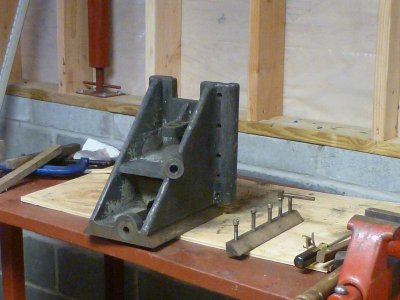
I've got an order in for some Vactra 2 (looks like Zoro has the best deal) so I can lubricate things after I get the vertical ways surface rust cleaned, and then assemble the knee into the base (once I get it painted). Are there instructions archived anywhere to provide instructions for installing the gib? It looks like a non-tapered gib to me. Cleaning up the saddle and table will be a challenge. Thank goodness for the engine crane - made moving things around by myself possible.
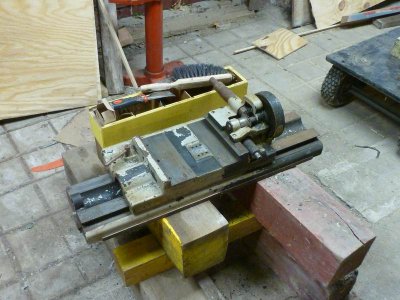
This is the "machine room" I partitioned off of the lower level of my barn this summer, where I hope to create a separate area for a few metal working tools. Still work to be done there too, but at least I've got the framing done and the lights hung. Now if I only had some heat down there . . .
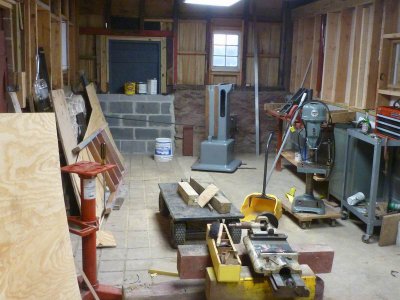


I've got an order in for some Vactra 2 (looks like Zoro has the best deal) so I can lubricate things after I get the vertical ways surface rust cleaned, and then assemble the knee into the base (once I get it painted). Are there instructions archived anywhere to provide instructions for installing the gib? It looks like a non-tapered gib to me. Cleaning up the saddle and table will be a challenge. Thank goodness for the engine crane - made moving things around by myself possible.

This is the "machine room" I partitioned off of the lower level of my barn this summer, where I hope to create a separate area for a few metal working tools. Still work to be done there too, but at least I've got the framing done and the lights hung. Now if I only had some heat down there . . .



